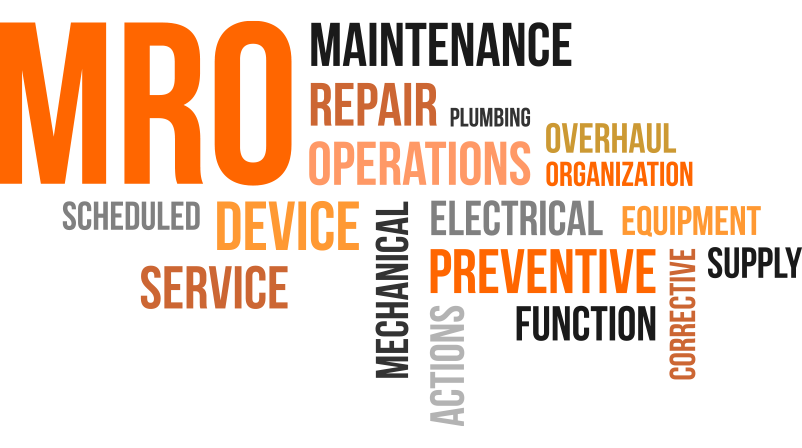If you have a system that requires use of a specific ISO Code hydraulic oil, then without question, there should be a particle counter mounted in the system to monitor that. Some portable filtration units can be expensive. Price ranges can generally be anywhere from $2,000 to over $6,000, possibly higher. For small shops, the cost might be too high to purchase one of these units, but there’s hope: it’s possible to rent these, along with a small supply of filters. Check with a local distributor.
The question always comes up and is asked, “How often should we do this type of filtering?” That depends on several factors:
1. What are the locations of other filters in the system?
2. What micron level are they?
3. When was the last time any of them were serviced or replaced?
4. How often does the hydraulic system operate (continuous, intermittent, infrequent)?
5. Is the system indoors or outdoors?
The hydraulic oil in any system should be serviced with an off-line filtration unit no less than twice a year. This may seem excessive, but remember: If you don’t have time to do it right, you’ll never have the time to do it over. I have visited factories that adhere to this philosophy, and they look like the industrial equivalent of a Better Homes and Gardens spread. Everything is in order. I have also visited factories that do not adhere to this philosophy, and they make me wonder if I should be wearing a HAZMAT suit before I go in. They’re more like an episode of Hoarders. I recommend servicing all components in an operating system the best that they can be serviced. Keeping machinery running smoothly is top priority. You will feel better about your job. It will be more rewarding. You will have a more positive attitude. Your employer will also feel better knowing they have personnel taking the best care of their equipment and machinery because they had time and resources to do it right—which is much better than having to do it over.
 Cross Reference Guide
Cross Reference Guide
 Cross Reference Guide
Cross Reference Guide